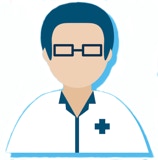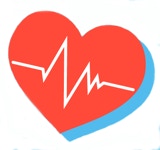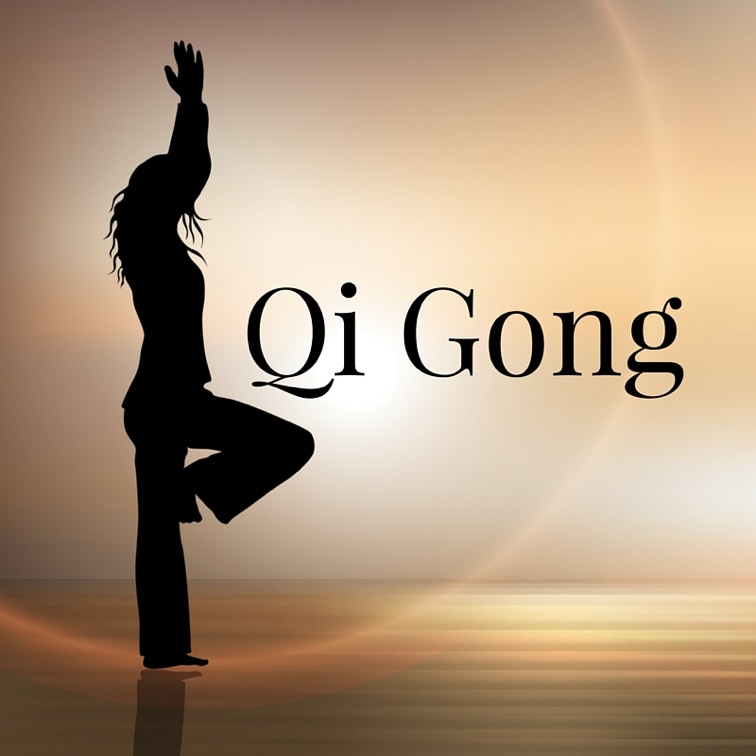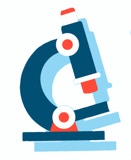
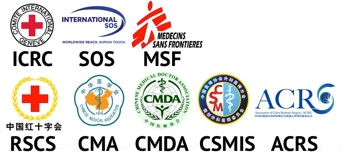

Follow Us
Drugs
Insurances
TCM
Research
The theories of ancient Chinese Medical Qigong include the Yin-Yang and Five Phases Theory, Essence-Qi-Spirit Theory, Zang-Xiang Theory, and Meridians and Qi-Blood Theory, which have been synthesized as part of Traditional Chinese Medicine (TCM). TCM focuses on tracing and correcting underlying disharmony, in terms of deficiency and excess, using the complementary and opposing forces of yin and yang (陰陽), to create a balanced flow of qi. Qi is believed to be cultivated and stored in three main dantian energy centers and to travel through the body along twelve main meridians (Jīng Luò 經絡), with numerous smaller branches and tributaries. The main meridians correspond to twelve main organs (Zàng fǔ 臟腑)). Qi is balanced in terms of yin and yang in the context of the traditional system of Five Phases (Wu xing 五行). A person is believed to become ill or die when qi becomes diminished or unbalanced. Health is believed to be returned by rebuilding qi, eliminating qi blockages, and correcting qi imbalances. These TCM concepts do not translate readily to modern science and medicine.
Qigong comprises a diverse set of practices that coordinate body (調身), breath (調息), and mind (調心) based on Chinese philosophy. Practices include moving and still meditation, massage, chanting, sound meditation, and non-contact treatments, performed in a broad array of body postures. Qigong is commonly classified into two foundational categories:
(1) dynamic or active qigong (dong gong), with slow flowing movement;
(2) meditative or passive qigong (jing gong), with still positions and inner movement of the breath.
From a therapeutic perspective, qigong can be classified into two systems:
(1) internal qigong, which focuses on self-care and self-cultivation, and;
(2) external qigong, which involves treatment by a therapist who directs or transmits qi.

